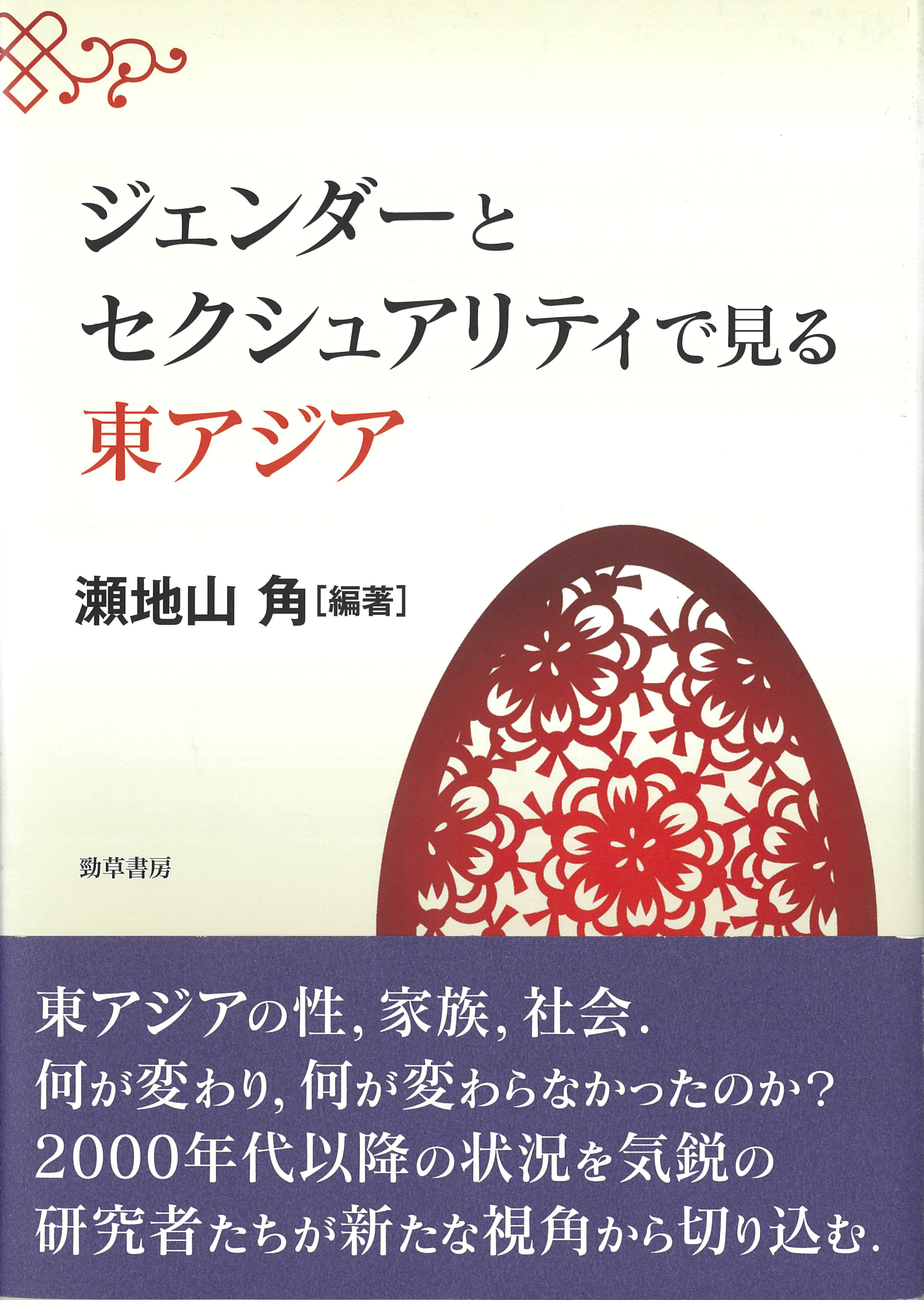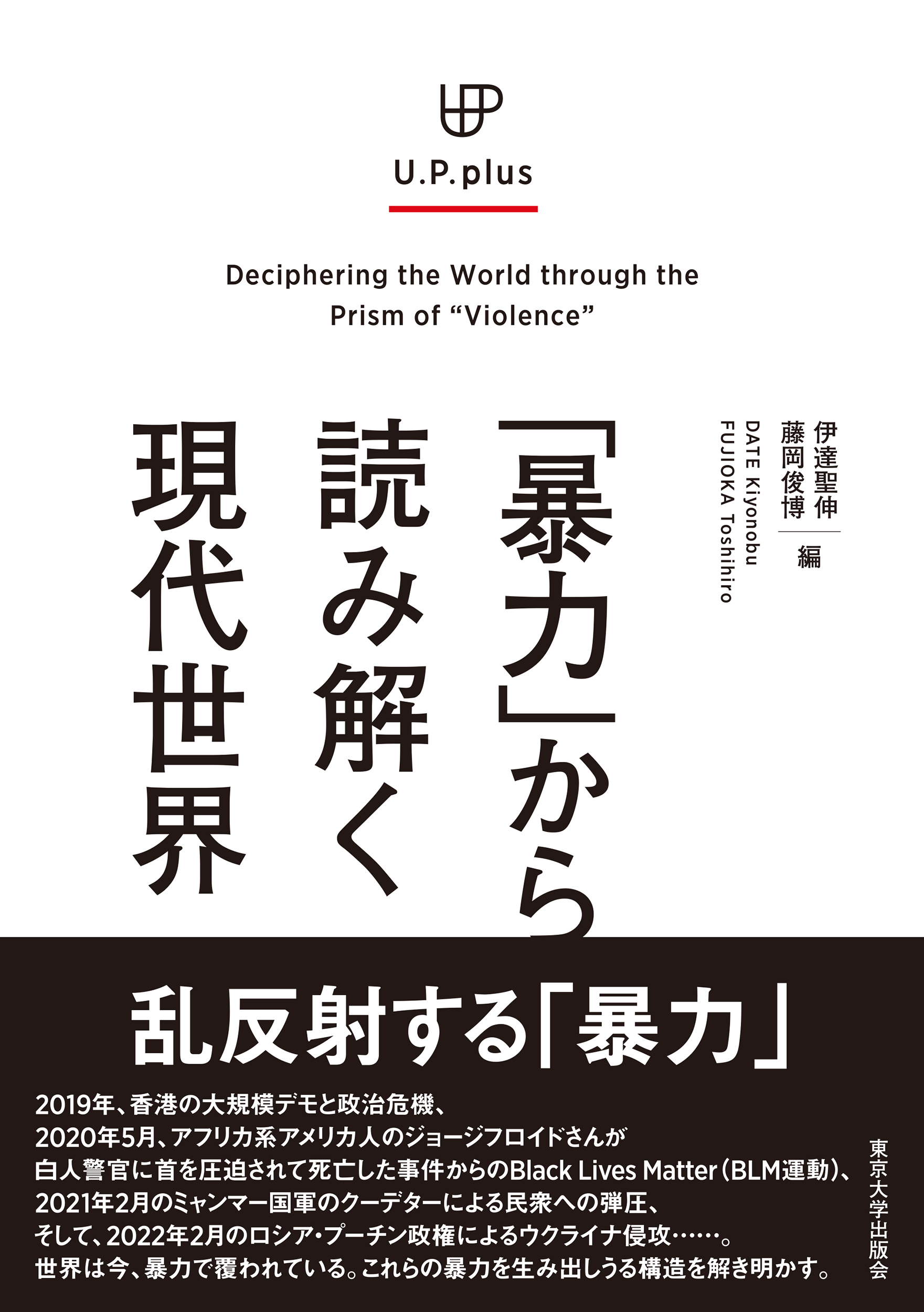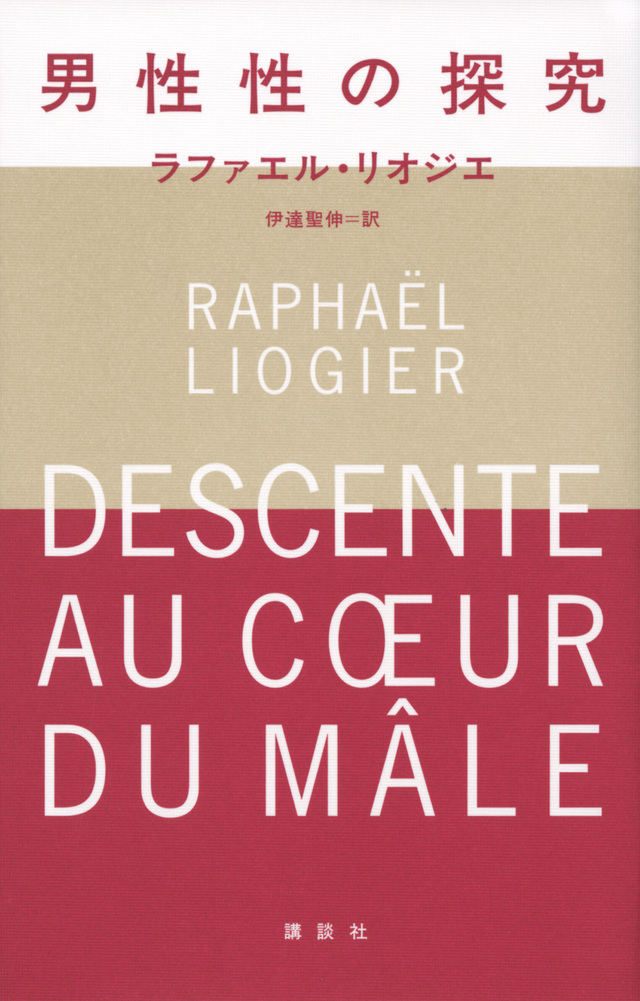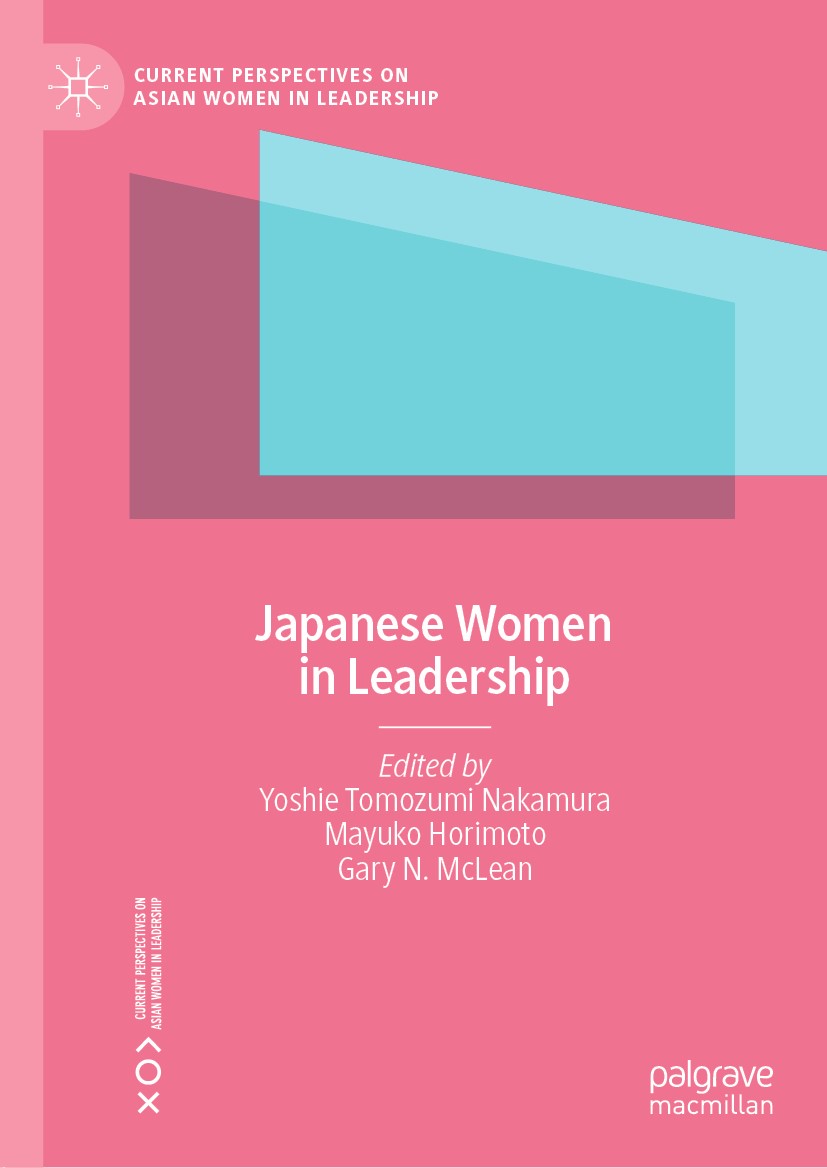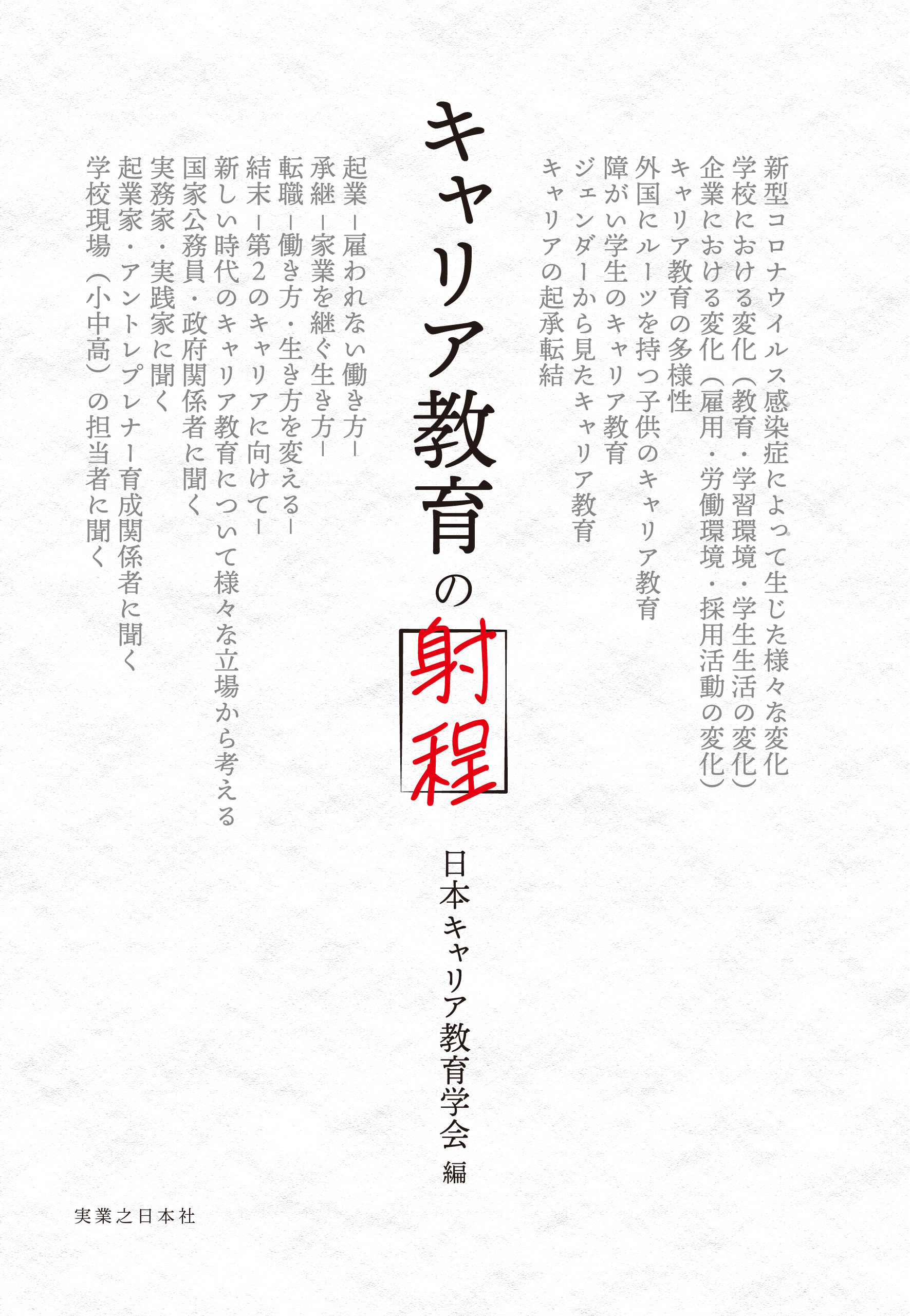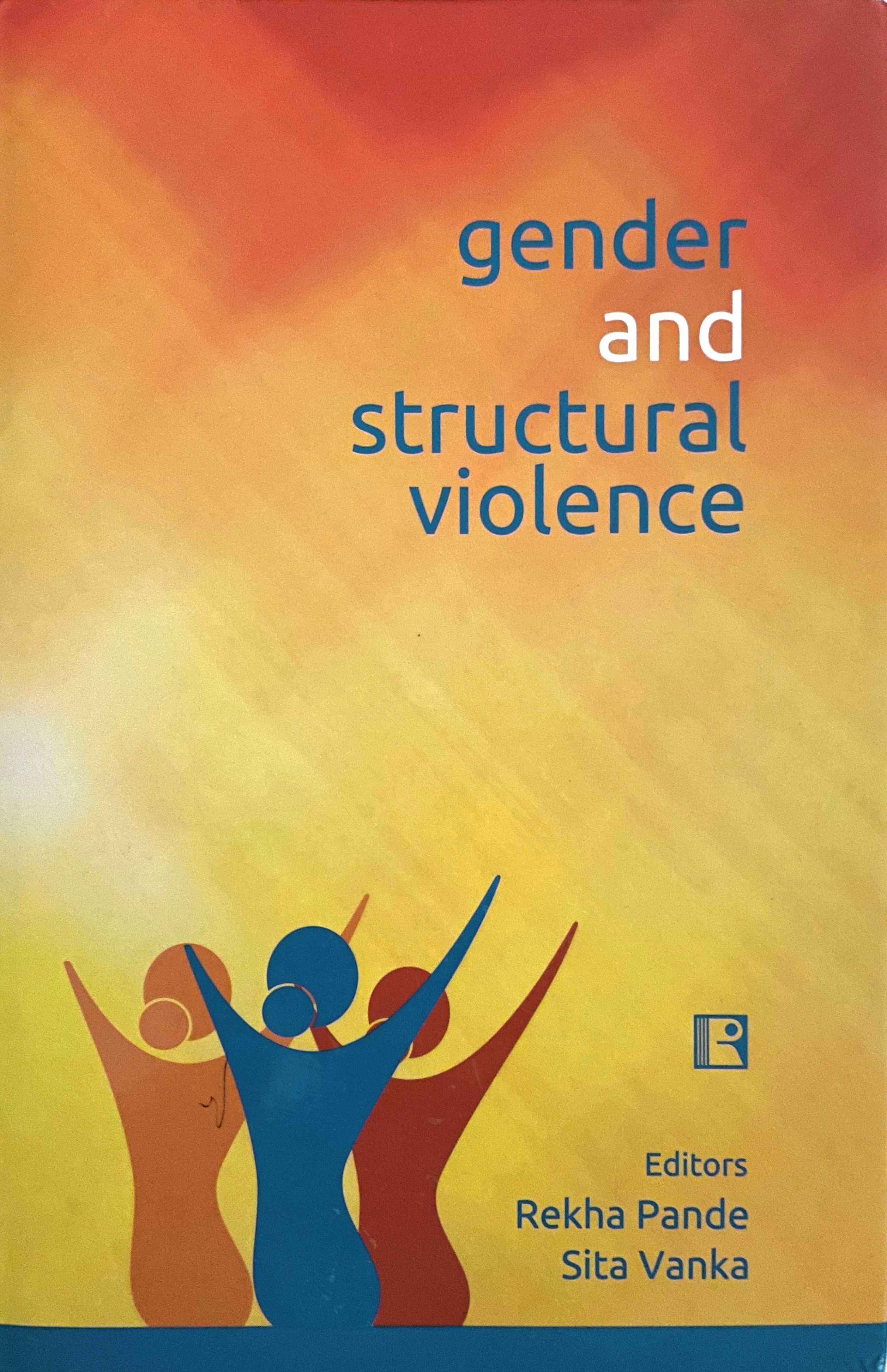
Title
Gender and Structural Violence
Size
232 pages, hardcover
Language
English
Released
2019
ISBN
9788131610190
Published by
Rawat Publishers
Book Info
Japanese Page
This book is a collection of 18 research papers on gender and violence presented at the 12th Women’s World Congress, held in Hyderabad, India. The Women’s World Congress was held with the theme of “Gender in a Changing World,” with over 1,000 participants from about 36 countries gathering to present a wide range of research reports on such topics as gender and health, culture, management, education, violence, IT, globalization, labor, and law. The University of Hyderabad, which was the venue for India’s first Women’s World Congress, was established in 1974 and has achieved the best research performance in India in the natural sciences in particular. Hyderabad is the capital of the state of Telangana in southern India, located in the center of the Deccan Plateau. It is also a large city with the fourth largest population in India and is undergoing rapid economic development centered on science and technology, such as the IT industry.
At the “Gender and Violence” subcommittee of the Congress, The author presented an excerpt from the research paper, “The Role of Women’s Shelters and the Women’s Movement in Japan,” published in this book (Chapter 13). The author presented on the current status of support for domestic violence victims in Japan and the results of interview surveys of supporters of private shelters, and discussed issues and directions for support for domestic violence victims in Japan and the roles of private shelters through analyses and discussions of the shelter movement.
In this book, researchers from countries such as India, Brazil, Kenya, Sri Lanka, and Japan who specialize in sociology, law, history, political science, development studies, women’s studies, nursing studies, and other disciplines analyze the situation in each country from a gender perspective regarding topics such as honor killings, human trafficking, sexual violence, domestic violence, violence against women, NGOs and shelters that support women who have been victims of violence, sexuality, and prostitution.
“Structural violence,” which is a key word of this book, was proposed in 1969 by Norwegian mathematician and sociologist Johan Galtung in his paper “Violence Peace and Peace Research” (1969), as a concept of inequality and oppression structured in the social system. This concept established a new direction in peace research by stating that the elucidation and removal of the chains of social injustice in international and domestic structures are a more essential task in achieving a “proactive peace” rather than the “passive peace” that is an absence of war. Structural violence is closely related to social injustices such as domestic violence, gender-based violence, and hate crimes because of its differing effects on people in different social structures. Structural violence reflects the social conditions, structure of the social order, and institutional arrangement of power in society. Each paper in this book looks at various social structures and institutions in order to elucidate the relationship between structural violence and violence against women. This book takes international perspective on structural violence and violence against women, particularly in developing countries in Asia. Japan is positioned as a developed country in this discussion, but the United Nations, researchers, and other concerned parties recognize that violence against women is a universal problem that goes beyond the developed-developing country divide, and that it is a form of structural violence. In this book, suggestions for eradicating violence against women are presented based on research. It is hoped that this book will be of use to researchers and students studying gender, violence, and structural violence, social workers, shelter supporters, NGO activists, and government and municipal officials.
(Written by OGAWA Mariko, Project Associate Professor, Interfaculty Initiative in Information Studies / 2023)
Table of Contents
• Women’s Sexuality and the Phenomenon of ‘Honour Killings’ in India / Abha Chauhan
• Women in Correctional Homes: A Study on Their Reintegration / Nilika Dutta
• The Insecure Space: Violence and Oppression of Women in Selected Indian Films / Trayee Sinha
• The Representations of Gay Couples in Brazilian Soap Operas: Social Change, Homophobia and Violence / Maurício Pereira Gomes
• The Impact of Globalization on Women Trafficking in India / Dolly Mishra
• Gender Violence and Widowhood: A Challenge to Religious Leaders in Sub-Saharan Africa / Lucy R. Kimaro
• The Anti-Trafficking Laws and the State: A Critical Review of State Responses to Human Trafficking / Barnali Das
•‘Injured Identities’ of Women and Victim Protection: The Impact of Anti-Trafficking Interventions in Andhra Pradesh / Neethu Chandran K.
• Patriarchy: Root Cause of Violence against Women / Alka Agrawal and Jaya Gupta
• A Study of Shaheen: An NGO’s Role in Eradicating Violence against Women in Hyderabad / Priyanka Singh
• To Violate with Impunity: Legal Constructions of Sexual Assault in the Marital Institution / Sawmya Ray
• The Role of Women’s Shelters and the Women’s Movement in Japan / Mariko Ogawa
• An Inferential Discourse on the Appropriate Augmentation of Forensic Evidence in Crimes against Women / Sharada Avadhanam
• Crime against Women in Visakhapatnam: A Forensic Panorama / Madhusree Konala
• Violence against Women in Marriage and Related Issues: A Case Study in Urban Hyderabad / R. Jayasree and M. Reddirani
• Prostitution or Sex Work; Violence or Agency: The Unspoken Stories of Women from Assam / Pooja Chetry
• Creating Feminist Spaces to Deal with the Issue of Violence: The Mahila Samakhya Experience / Rekha Pande
Related Info
https://www.u-tokyo.ac.jp/kyodo-sankaku/en/index.html



 Find a book
Find a book




